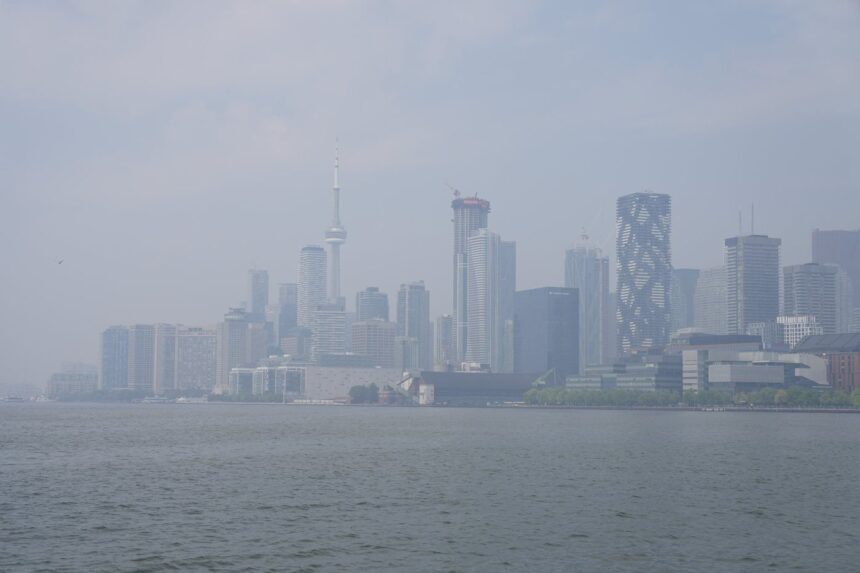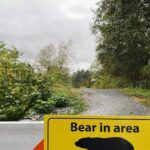As smoke blankets skies across vast regions of Canada for the third consecutive summer, camp directors and childcare providers are being forced to reimagine outdoor programming amid deteriorating air quality conditions. What was once considered an occasional disruption has become a persistent seasonal challenge requiring new protocols and contingency plans.
“We never used to have emergency smoke procedures,” explains Jennifer Laidlaw, director of Camp Sunshine near Ottawa. “Now it’s as essential as our thunderstorm policy. We check the Air Quality Health Index hourly during high-risk periods and have completely retrofitted our facilities with air purifiers and designated clean-air spaces.”
The Air Quality Health Index has repeatedly hit alarming levels in multiple provinces this season, with British Columbia, Alberta, and parts of Ontario experiencing the most severe conditions. Health Canada considers readings above 7 “high risk,” particularly for vulnerable populations including children, whose developing lungs are especially susceptible to damage from fine particulate matter.
According to Environment Canada meteorologist Damon Matthews, this summer’s conditions reflect a troubling new normal. “What we’re witnessing is consistent with climate projection models. The combination of drought conditions, earlier snow melts, and extended fire seasons means these smoke events are becoming more frequent, more intense, and more widespread geographically.”
The economic implications are significant for an industry already rebounding from pandemic disruptions. Camp operators report substantial investments in infrastructure modifications, air filtration systems, and indoor activity resources. Many have implemented tiered response protocols based on air quality readings, including modified outdoor schedules, indoor alternatives, and in extreme cases, temporary closures.
At Camp Northwoods in Manitoba, administrator Sarah Chen describes the challenge of balancing safety with the camp experience: “Parents send their children to us for outdoor adventure and nature connection. When we’re forced inside for days, it fundamentally changes the experience we promised. We’ve had to completely reimagine our programming.”
Medical professionals have supported these adaptations. Dr. Alisha Rahman, pediatric respirologist at Toronto Children’s Hospital, notes that children’s higher respiratory rates and outdoor activity levels put them at increased risk during smoke events. “Children breathe more air per kilogram of body weight than adults and have airways that are still developing. Exposure to wildfire smoke can cause both immediate symptoms and potentially contribute to long-term respiratory issues.”
The Canadian Camp Association has responded by developing new guidelines for member organizations, including recommendations for air quality monitoring, ventilation strategies, and activity modifications. “We’re seeing unprecedented collaboration across the sector,” explains CCA President Michael Thornton. “Camps are sharing resources, protocols, and creative indoor programming ideas in recognition that this is our collective new reality.”
For many parents, the situation adds another layer of concern to summer planning. “My daughter has mild asthma, so we’re constantly checking forecasts and air quality readings,” says Toronto mother Anika Patil. “The camp has been great about communication, but it’s stressful not knowing if she’ll be able to enjoy outdoor activities from one day to the next.”
Climate scientists and environmental policy experts point to these adaptations as further evidence of climate change’s cascading effects on Canadian society. Beyond the immediate health concerns, they note the psychological impact of children increasingly confined indoors during what should be the most outdoor-oriented season of the year.
As communities across Canada navigate another summer under haze, the question remains: how will our educational and recreational institutions continue to adapt to environmental conditions that increasingly limit outdoor engagement? The answers may fundamentally reshape how future generations experience Canadian summers.
























